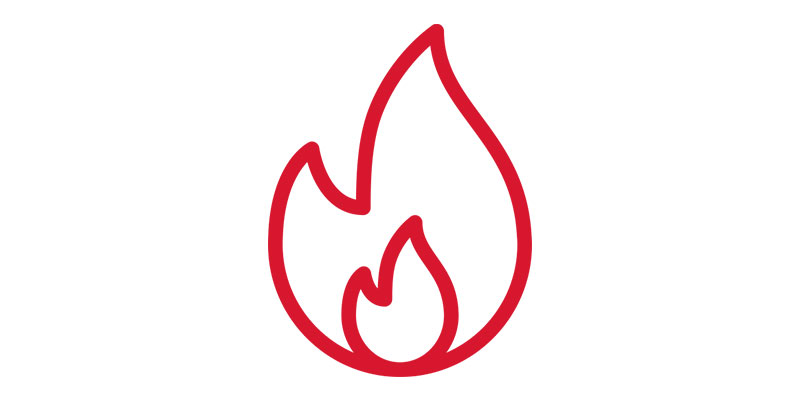Sydney businesses need to ensure they are secure from fire. This isn’t just to ensure compliance with law, but also for their employees, customers, and their property. The risks caused by an incident can be mitigated or minimized by taking the appropriate security measures. The combination of safety inspections during fires, electrical system testing and tagging, and complying with CFSP regulations all contribute to the safety of workers and assure that companies are in compliance with the Building Code of Australia and local council standards.
Fire inspections are why they are the foundation of safety
Inspections for fires are the initial defence against the possibility of dangers. Inspections are conducted to ensure that the fire protection system installed in the building is up-to-date and in good working order. Many businesses operating in Sydney have to conduct inspections six or twelve times each year, based on the kind of building they are operating and the regulations of the council. A typical inspection covers everything from fire alarm panels and sprinkler systems, to smoke alarms, hydrants, extinguishers, and emergency lighting.

What makes inspections crucial is their ability to detect hidden issues before they become potentially dangerous. While it might not be important to you, but even a tiny issue with a fire hydrant or a smoke alarm that is blocked could be fatal during an emergency. Through regular fire inspections, business owners are not just meeting legal requirements, but also taking active steps to guard their business from unavoidable disasters.
Test and Tag Testing and Tag
Electrical systems are among the main cause of workplace fires, which is why testing and tagging must always be a part of any fire safety plan. This procedure involves checking electrical equipment to make sure it is safe, functional, and compliant, and then attaching a visible label that demonstrates the item was inspected and passed. For many businesses it is more than a routine requirement it’s a way to protect against dangers that usually go without being noticed.
If left unchecked outdated wiring, faulty appliances, or deteriorated cables can become fire hazards. Through regular testing and tagging, businesses reduce the possibility of electrical issues which could lead to fire outbreaks. Also, it assures employees that their workplace is safe, which builds confidence and trust within the workplace. The combination of testing, tagging, and fire inspections creates an extensive safety program which reduces risk on a variety of aspects.
The Role of CFSP in ensuring Compliance and Certification
Only a Competent Fire Safety Professional (CFSP), located in New South Wales, can certify and sign important documents pertaining to fire safety such as Annual Fire Safety Statements. The introduction of CFSP accreditation has raised the bar for fire safety by ensuring only experts with qualifications assess and validate security measures. For those who work with a CFSP inspections and reports will not be merely a regular report but a reliable evaluation carried out by professionals.
The role of a CFSP extends far beyond ticking boxes. They assess the performance and state of fire protection systems and provide comprehensive reports. They also confirm compliance with regulatory requirements. Without CFSP certification, companies risk fines, legal issues and even shutdowns if their security measures for fire are judged to be inadequate. Employing professionals who have been certified ensures the fire safety system is being maintained correctly, and that all requirements to be in compliance are met.
Safety in the Fire Service as an Ongoing Commitment
Every business owner is obligated to take on the responsibility to ensure that fire safety is a priority. Regular inspections, continuous testing of electrical systems, and a valid certification under CFSP surveillance create a loop of safety that doesn’t stop. Beyond the legal requirements, this approach promotes an atmosphere of safety at work. Employees can feel confident knowing that evacuation plans have been developed and smoke detectors are functioning and emergency lighting has been tested, and the fire suppression system is in place to use.
In focusing on fire safety as an ongoing procedure and not merely a checklist to be checked every year companies can lower risks and improve their standing. If a workplace is geared towards safety, customers and clients will be more comfortable. In the long run, proactive fire protection could save you money through preventing expensive damage such as fines, legal fights or fines. It also safeguards everyone inside the structure.
Conclusion
Fire safety in Sydney requires a multi-layered approach which includes fire inspections testing and tagging, as well as an official certification from an CFSP. Every element plays a critical role in keeping businesses compliant with regulations and, more importantly, in ensuring that the safety of property and people is ensured. Businesses that make safety a priority in their operations and not just an added note will fulfill their legal obligations and ensure a stable and safe working environment.